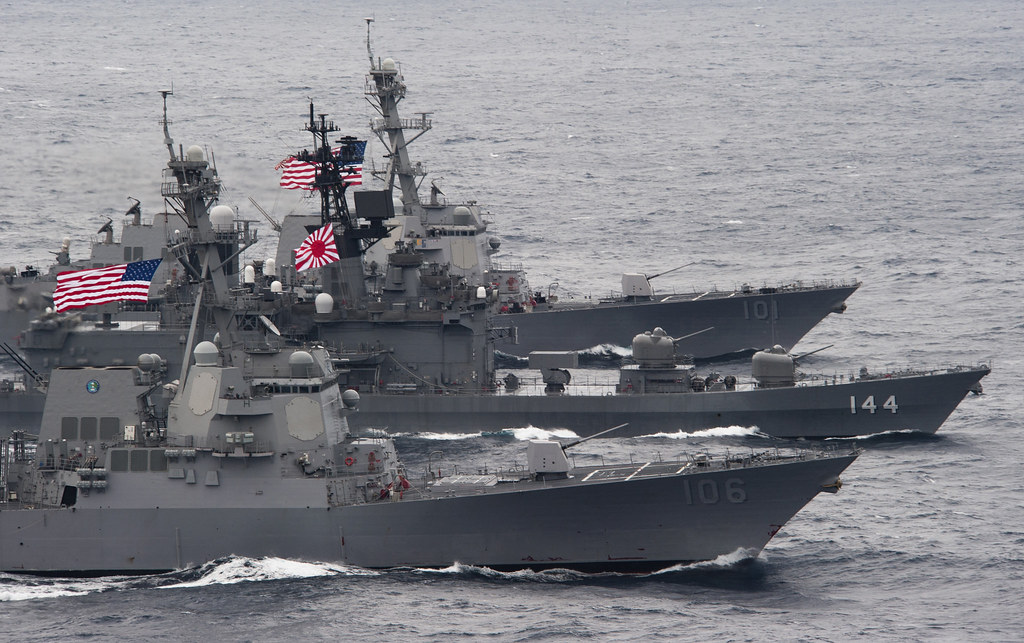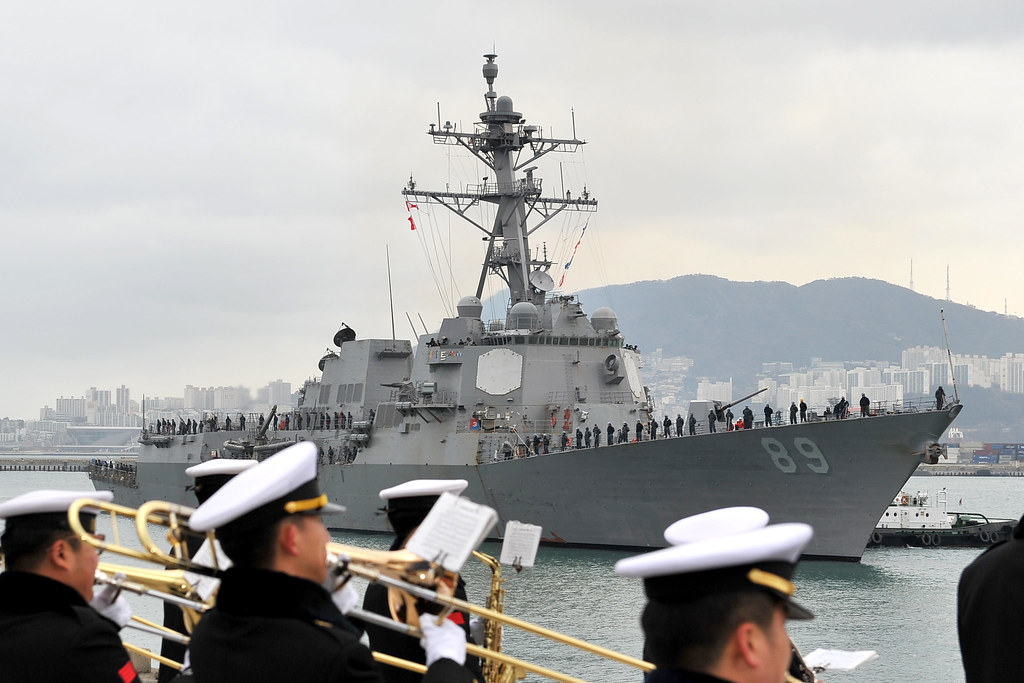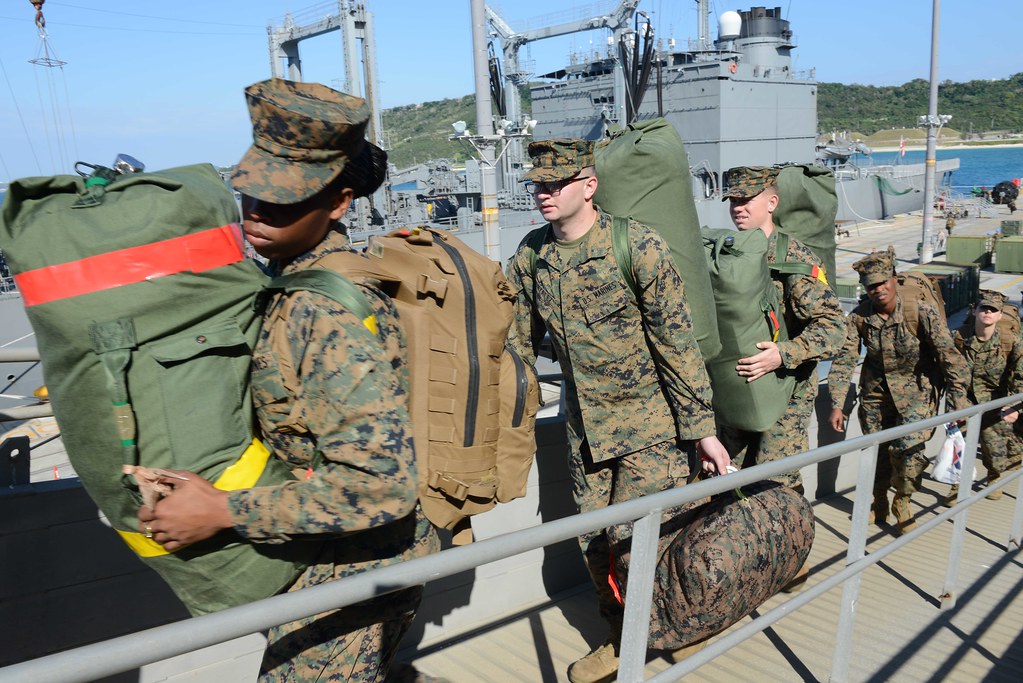FULLERTON HOTEL, SINGAPORE, 27 January 2015 - The Acting Deputy Commander of the Royal Brunei Armed Forces (RBAF), First Admiral Dato Seri Pahlawan Abdul Aziz bin Haji Mohd Tamit attended the third series of the Fullerton Forum: The Shangri-La Dialogue Sherpa Meeting in Singapore on 25 – 27 January 2015. The Fullerton Forum was organised by the International Institute for Strategic Studies (IISS) in support and preparation of the Shangri-La Dialogue process.
During the opening of the meeting, the Defence Minister of the Republic of Singapore, Dr Ng Eng Hen, addressed the attendees of this year’s forum with a keynote. In his speech, he encouraged the Fullerton Forum to focus on to address challenges and he suggested few notions such as; to improve multilateralism to enhance regional security; to focus on practical measures to tackle the HADR security challenges and to deliver concrete outcomes; and to enhance collective efforts to build real capacity to respond to challenges quickly and effectively.
Joining the Acting Deputy Commander RBAF to the Fullerton Forum, the Deputy Permanent Secretary Policy and Development Ministry of Defence, Awang Abu Sufian bin Haji Ali and the Head of Research, Sultan Haji Hassanal Bolkiah, Institute of Defence and Strategic Studies, Ministry of Defence, Ampuan Yura Kasumawati binti Adnan.


















.jpg)



